Beartooth Indian Club
- Historical exercise equipment for increasing mobility, flexibility, coordination and strength
- Originally a tool for combat training. However club swinging became a popular sport for the whole nation during the 19th century
- Doesn’t require existing strength or skill, suits well also for beginners
- Gives mobility to shoulder and hand joints and strength to muscles. Especially helps with shoulder and hand joint problems, but you can also do a full-body workout
- Excellent tool for home workouts. Many opportunities to vary exercises and intensity
- Start with a light one and move on to a heavier one only when you have practiced the patterns
- Sold individually. You can do many patterns and exercises with just one while 2 clubs are needed for some
- Available in 3 sizes/weights
- For beginners 45 cm long and 520 g heavy
- For practitioners 51 cm long and 780 g heavy
- For champions 57 cm long and 1380 g heavy
- Made in Finland from locally grown Finnish birch. The surface is hand sanded and oiled
49.90€ – 69.90€
Description of the Product
Indian club is very old or perhaps even ancient historical sport and training equipment. As the name suggests, these clubs were used in India, but also, for example, in ancient Persia. Indian clubs came to Europe from India with the British army in the 1800s, so it was natural that the British called these exercise clubs Indian, as they had first run into and started using them in India. Indian clubs are training tools that develop mobility, endurance and strength. The exercise consist of swinging, lifting and controlling the clubs in many different patterns. Learning and performing these patterns naturally develops the body but also the mind, as control and timing depends on the coordination of your body and mind.
Indian clubs have their origins in clubs made for war -maces- that were used thousands and thousands of years ago in battles, maces being one of the oldest weapons of humanity. At the latest during the 13th century CE these clubs began to be used in India also as a tool for general sport, mobility and strength training in addition and separated from combat exercises that were intended to prepare soldiers for battle. The British began to colonize parts of India during the 1600's and they naturally came across this old training tool. Since the training movements are largely the same for both maces and swords, the British Army adopted this excellent training tool. Indian clubs became part of the standard exercises for the entire British army and by the 1830s, these clubs had arrived back home to the British Isles where civilian athletes got excited about this new exercise style. When the soldiers who were released from the army brought clubs home with them from India to Europe (mainly to England and Germany), it was natural that in Europe these clubs started to be called Indian clubs. The original Indian exercises were modified in Europe and various complex movement patterns were invented. When lighter club versions were introduced, speed was added to the movements. By the 1840s Indian clubs had spread to France and Germany, and in the 1850s, this new sport also arrived to the United States, where club swinging became a popular pastime for the entire nation. Soldiers, swordsmen and boxers used and recommended Indian clubs as a exercise tool to prepare you for combat, and at the same time schoolchildren, women and even the president of the USA adopted club swinging as a hobby and sport. Swinging clubs as a sport grew in popularity towards the end of the 19th century, several guidebooks were published and athletes around Europe and America developed their own styles, grips and techniques.
The end of the 19th century was the golden age for Indian clubs and clubs were roughly divided into two different styles, light clubs and heavy clubs. Heavy clubs were used by strongmen for building muscle mass in old-fashioned bodybuilding and strongman competitions. The model and style we recreated is a replica of the light-style Indian club that was (and still is) used in swinging patterns. Learning and performing swinging patterns developed muscles, but at the time emphasis was placed on the development of the mind-body cooperation and developing this combination holistically. Swinging clubs was intended to develop not only strength but also dexterity, mobility, flexibility, coordination, timing and rhythm skills, as well as improving blood flow, breathing and posture. Movements and patterns had to be executed gracefully and cleanly. There was talk about the poetry of movement and how performing sets gracefully was more about the strength of the mind than of the body. Club swinging was even a competition sport at couple Olympic games at the beginning of the 20th century. Also at the end of the 19th century and at the beginning of the 20th century mass events were organized, where thousands of participants simultaneously performed the same movements and patterns in stadiums according to choreography while music was playing (for example at the 1908 London Olympics).
During the First World War at least British, Indian, Australian and US soldiers trained and exercised using Indian clubs. Even during the Second World War some soldiers trained with Indian clubs (although not all soldiers as a general practice), but after WWII Indian clubs and club swinging fell into the background and were rarely seen after the 1940s. Although in some places in Eastern Europe club swinging with very light clubs has survived as a hobby to this day. Interest in Indian clubs has been rising lately partly because of rising interest in historical martial arts and sports, and enthusiasts can currently be found all over the world.
Our Beartooth Club is a traditional English style club, i.e. the model that the British Army developed from the original Indian clubs they encountered in India. The British Army used a somewhat large and heavy club to train the soldiers of this vast empire, approximately the size of our biggest club option. Our lighter club versions are well suited for mobility exercises, club swinging sport and increasing muscle mass until you can reach the strength level of a 19th century swordsman and can switch to our heaviest version for full on sword combat strength training (if you wish to). We strongly recommend that you rather start training with too light clubs than immediately start off with too heavy clubs. The weight of the clubs doesn't sound very heavy, but the use of the clubs is not based just on lifting the dead mass of the club, but on its movement, swings, control, repetitions and speed. Just a few extra centimeters of length on the larger clubs also means that the extra mass is further away from your hand, and extra weight at the end of a lever feels much greater than a small increase of weight at your hand. Even when using a light club you can turn on the intensity of the exercise by increasing the speed of the movements. When the same amount of mass has to be redirected into new direction faster while controlling the club, you need to use more force making the exercise more demanding. Only when you know how to do the movements correctly with a light club, you should move to a heavier version.
When you exercise with an Indian club you get very good mobility exercise for your shoulder, elbow and wrist joints and strength for your muscles. Shoulder and hands are problem areas for many people working in front of computers these days, and club swinging is excellent exercise targeting just these problem areas. Swinging Indian club is a surprisingly versatile exercise that combines the combined use of all hand muscles, from shoulder to wrist. The wrist, elbow and shoulder get soft and steady movement while also improving your grip strength. If you add leg movements, steps and torso rotations to your training, you can also do versatile full body exercises with a Indian club. When using foot movement and hip rotations the exercise is no longer just about developing eye-hand coordination, but developing the coordination of the whole body where all parts must work smoothly together without unnecessary movements or hesitation, so that the movements and patterns can be performed relaxed, smooth and purposeful.
- Historical exercise equipment for increasing mobility, flexibility, coordination and strength
- Originally a tool for combat training. However club swinging became a popular sport for the whole nation during the 19th century
- Doesn't require existing strength or skill, suits well also for beginners
- Gives mobility to shoulder and hand joints and strength to muscles. Especially helps with shoulder and hand joint problems, but you can also do a full-body workout
- Excellent tool for home workouts. Many opportunities to vary exercises and intensity
- Start with a light one and move on to a heavier one only when you have practiced the patterns
- Sold individually. You can do many patterns and exercises with just one while 2 clubs are needed for some
- Available in 3 sizes/weights
- For beginners 45 cm long and 520 g heavy
- For practitioners 51 cm long and 780 g heavy
- For champions 57 cm long and 1380 g heavy
- Made in Finland from locally grown Finnish birch. The surface is hand sanded and oiled
- Manufacturer: Karhunhammas-Beartooth

Wide and high-quality selection, fast delivery and friendly staff. I recommend!
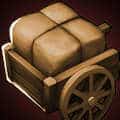
Products are located in our own storehouse
In Kaarina, Finland.
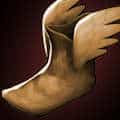
Fast shipping
Orders are shipped out within 24 hours of us receiving the order.
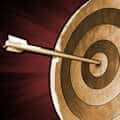
Purchase online or offline
You can also pickup your order at our store.
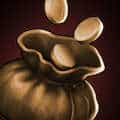
Flexible payments
We accept Credit Cards & Online Banks etc.
Our Store
All orders can also be picked up from the brick-and-mortar store at Oppipojankuja 1, 20780 Kaarina. 10min drive from the centre of Turku.
Welcome!
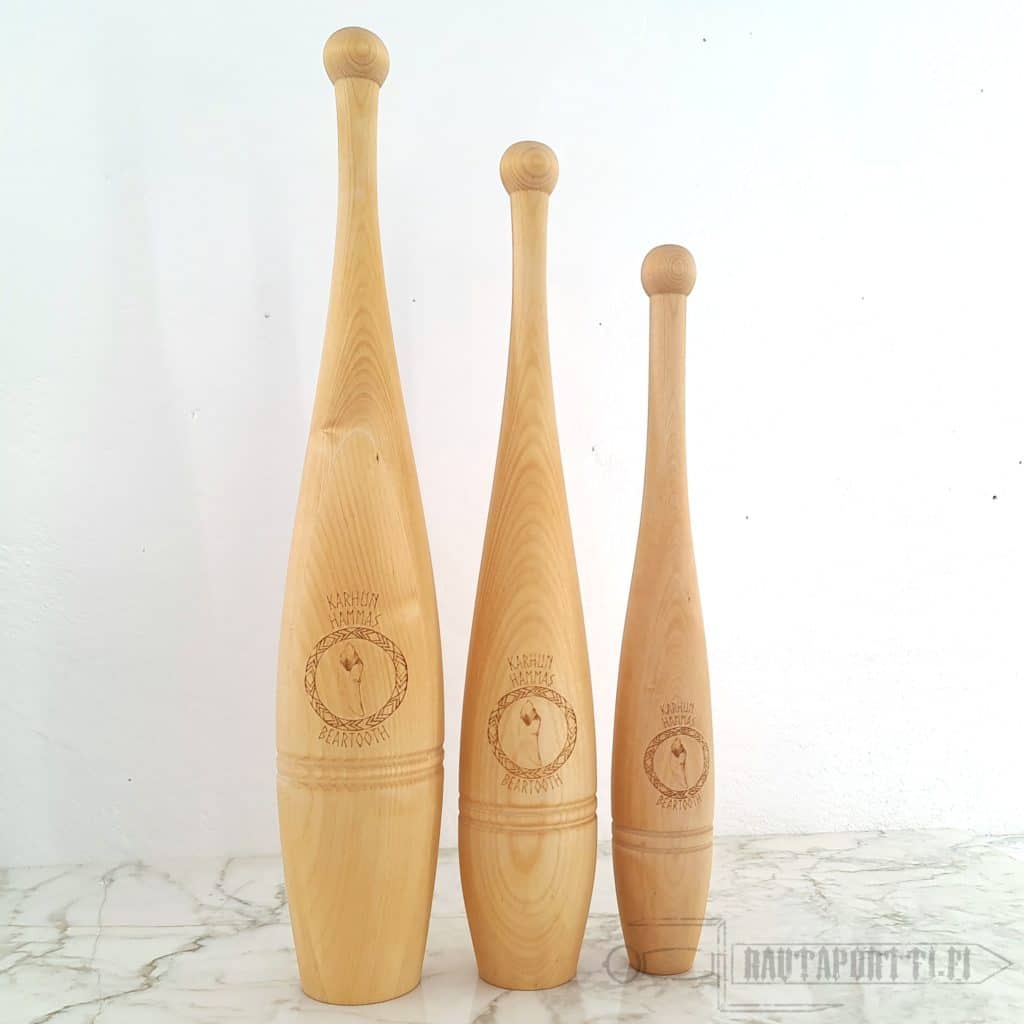
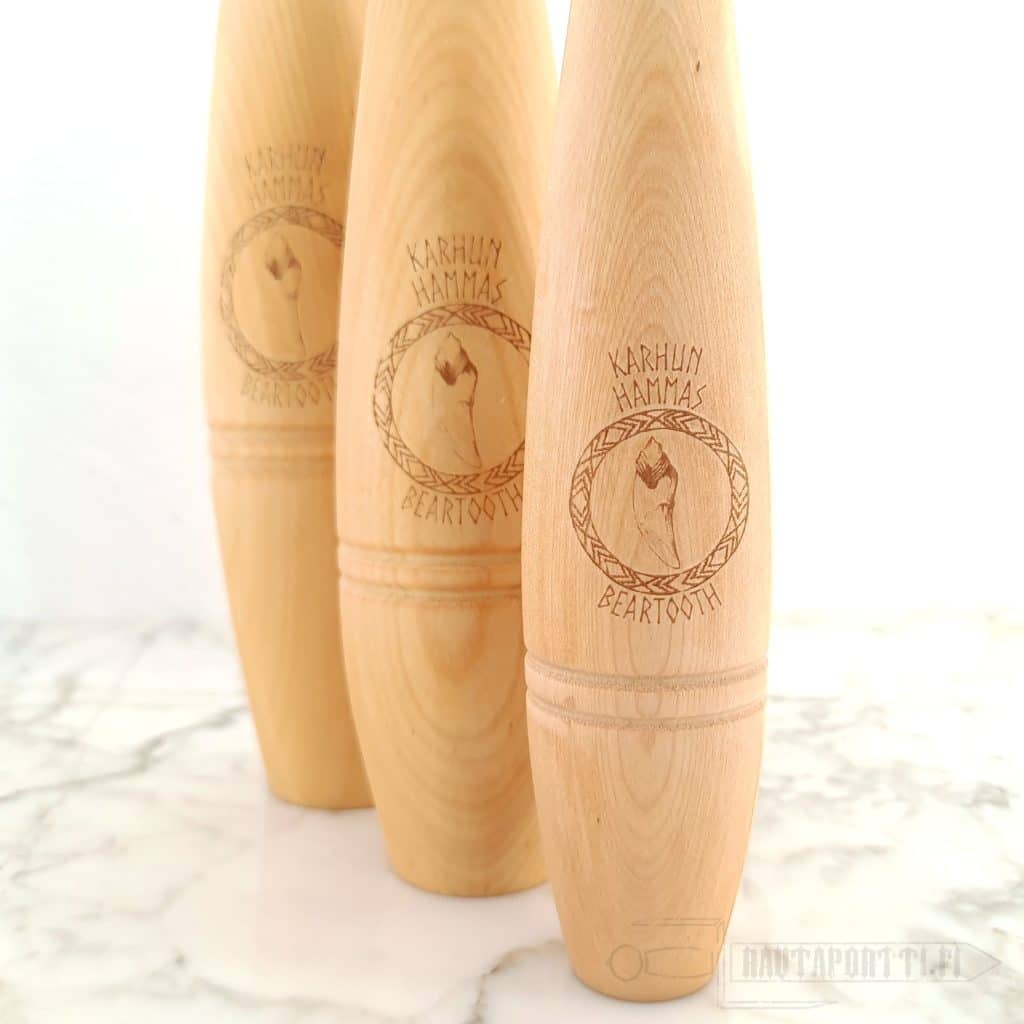


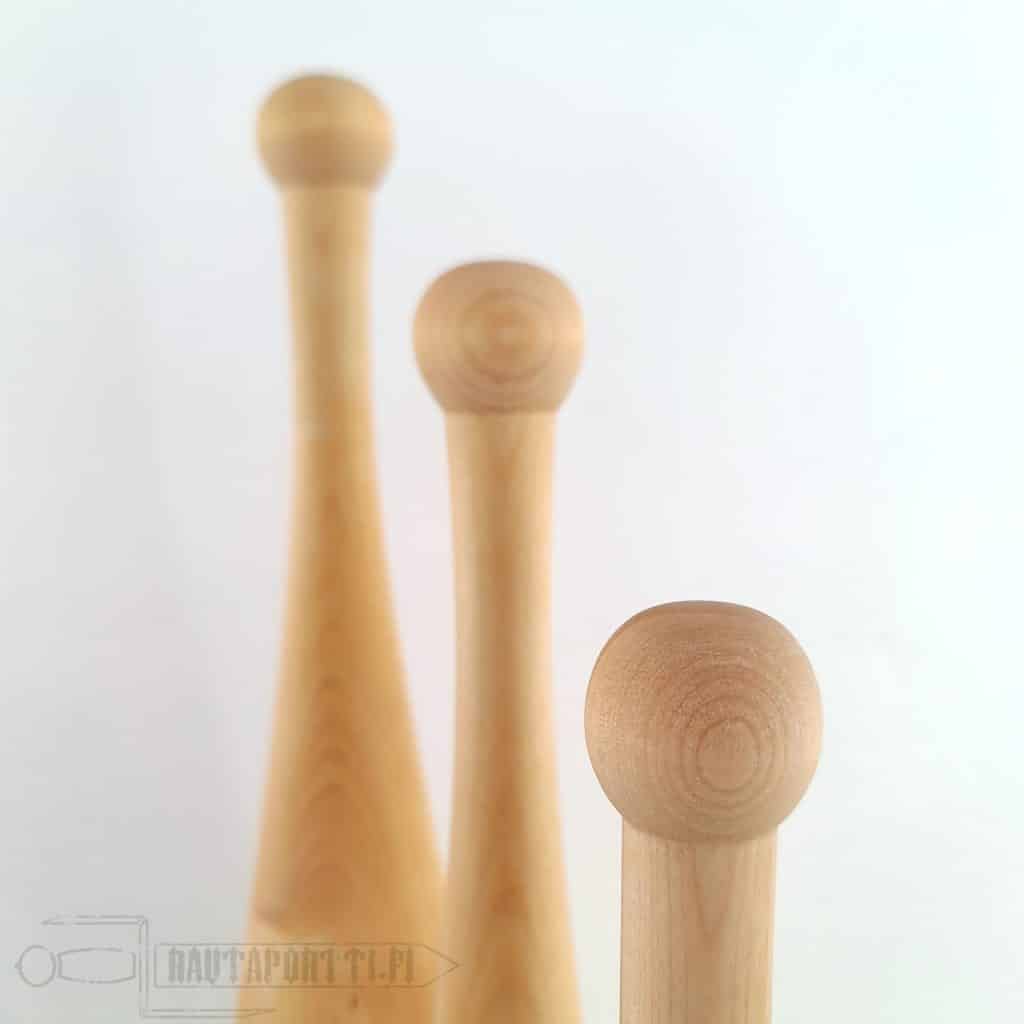
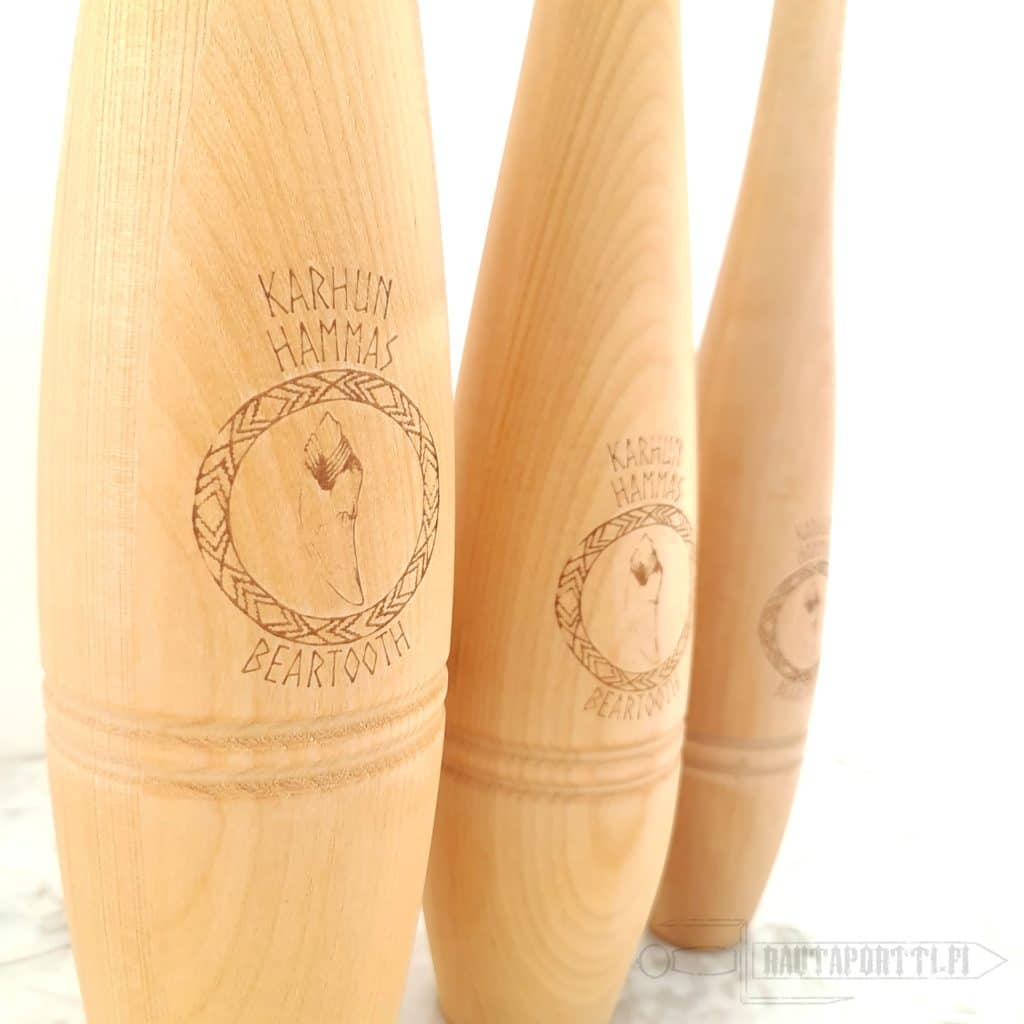
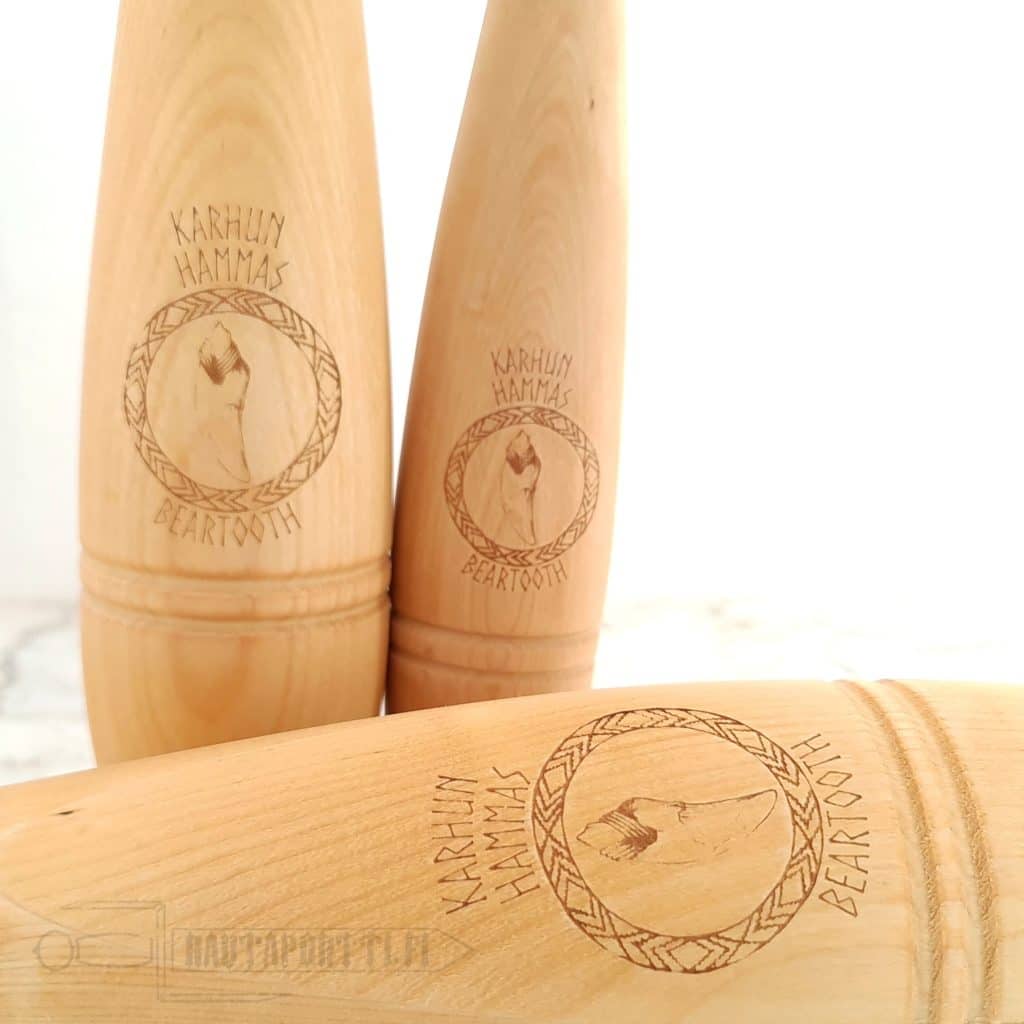
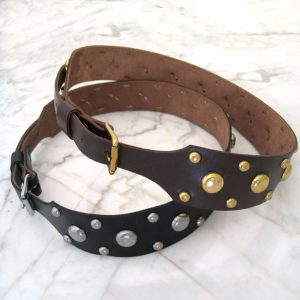
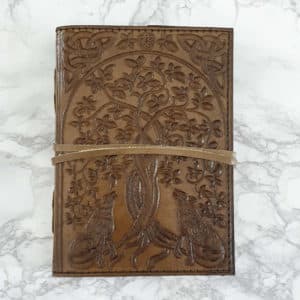
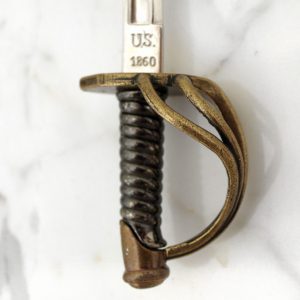
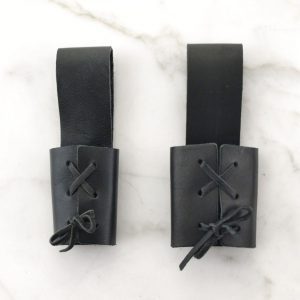
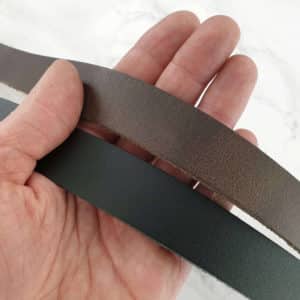
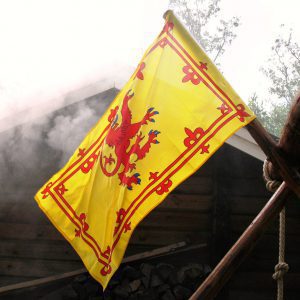
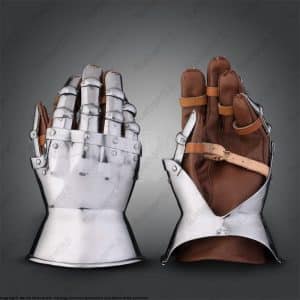
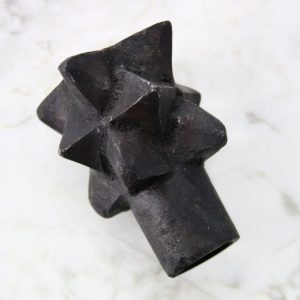
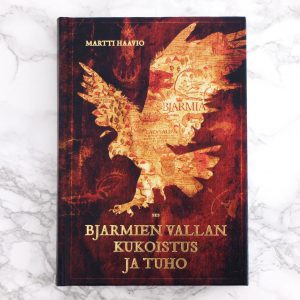
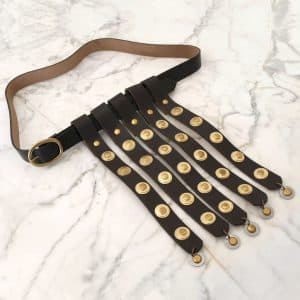
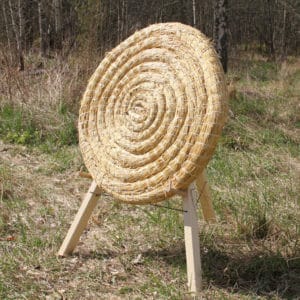
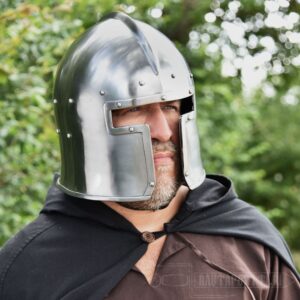
Reviews
There are no reviews yet.